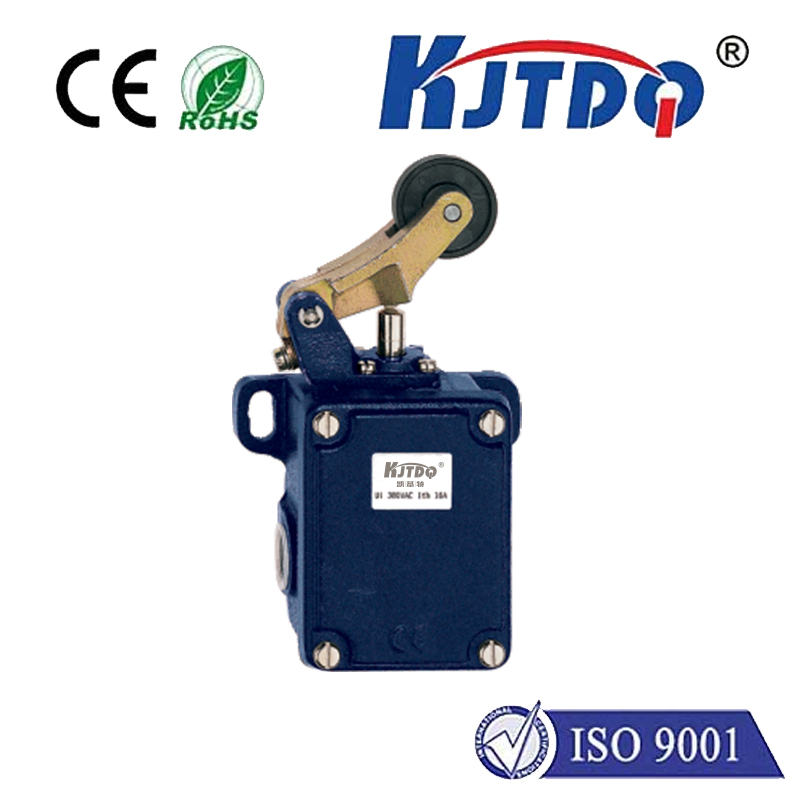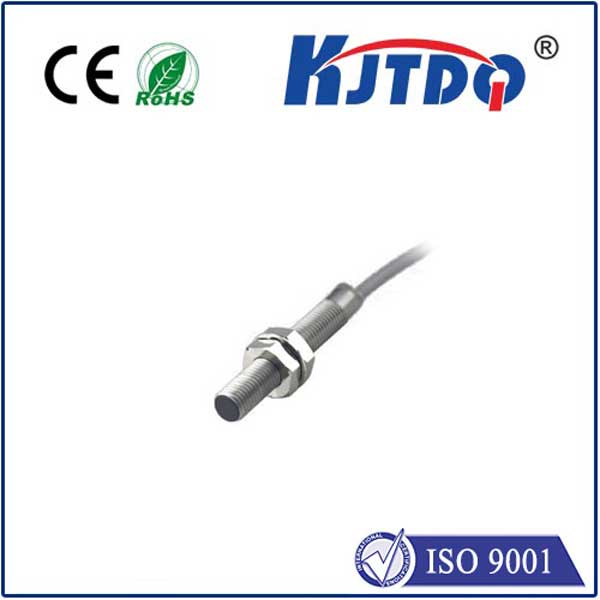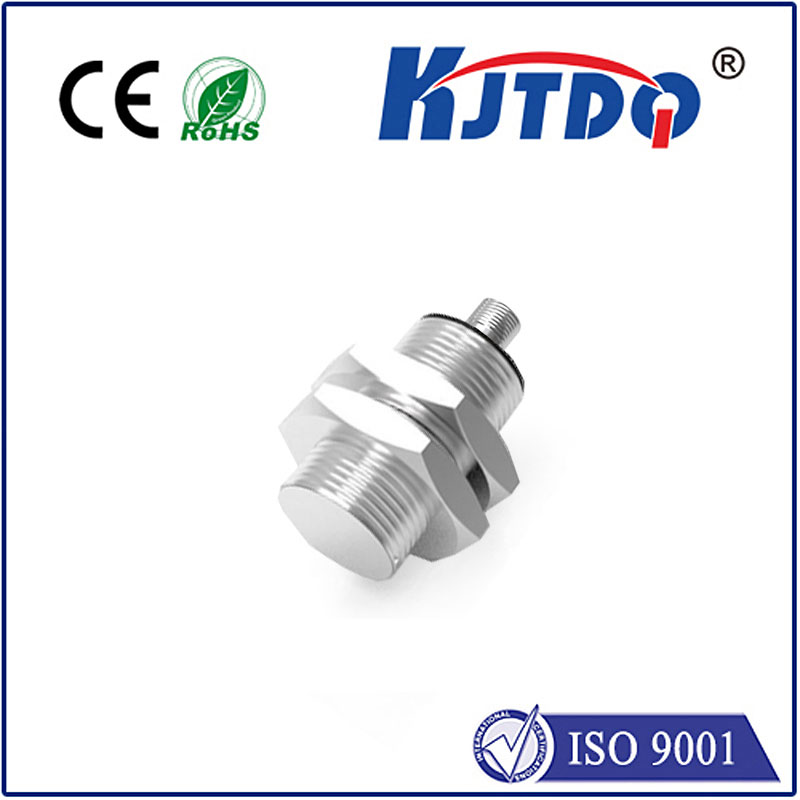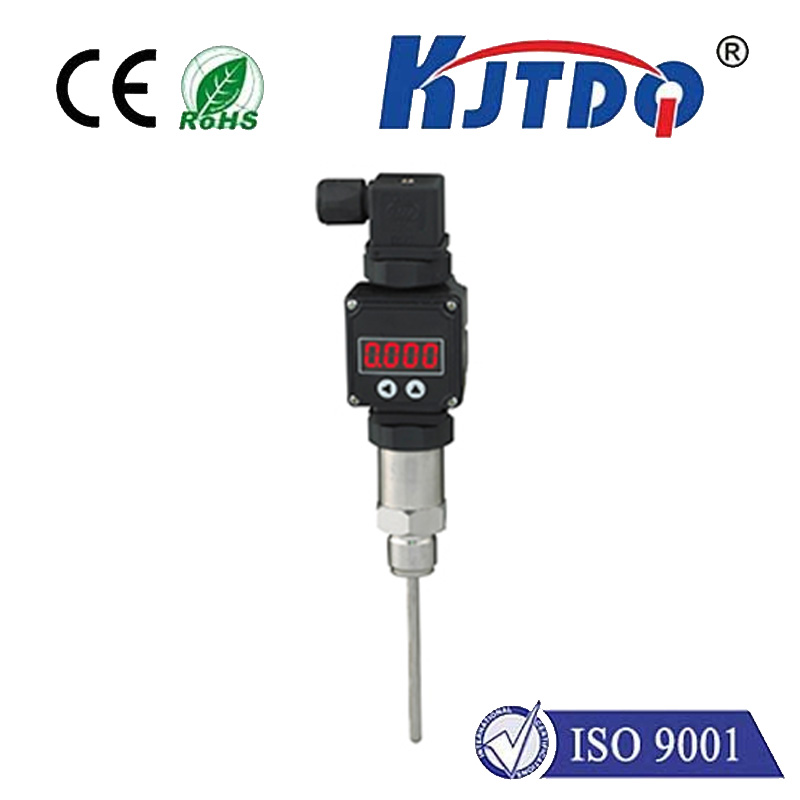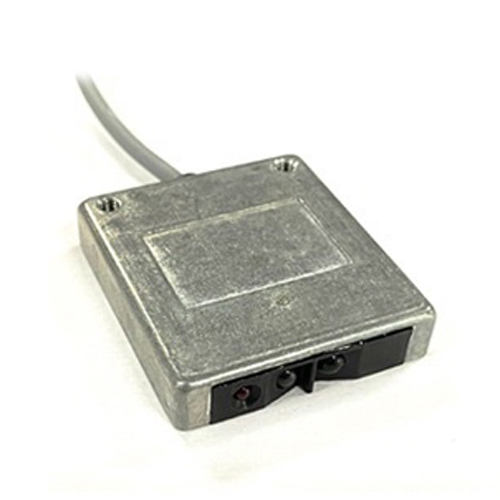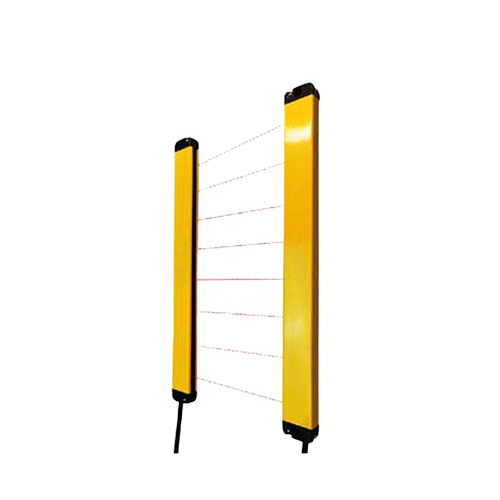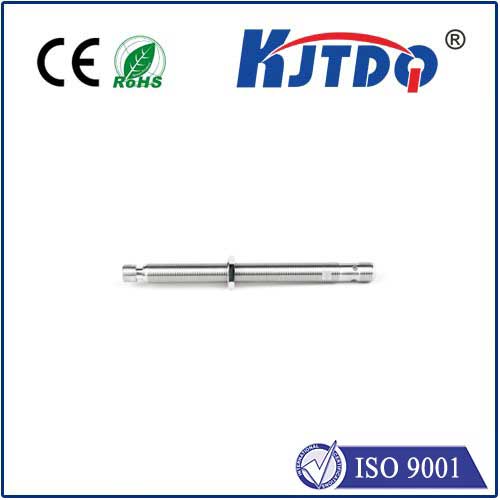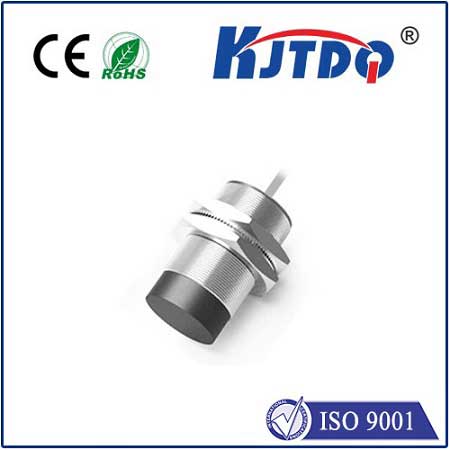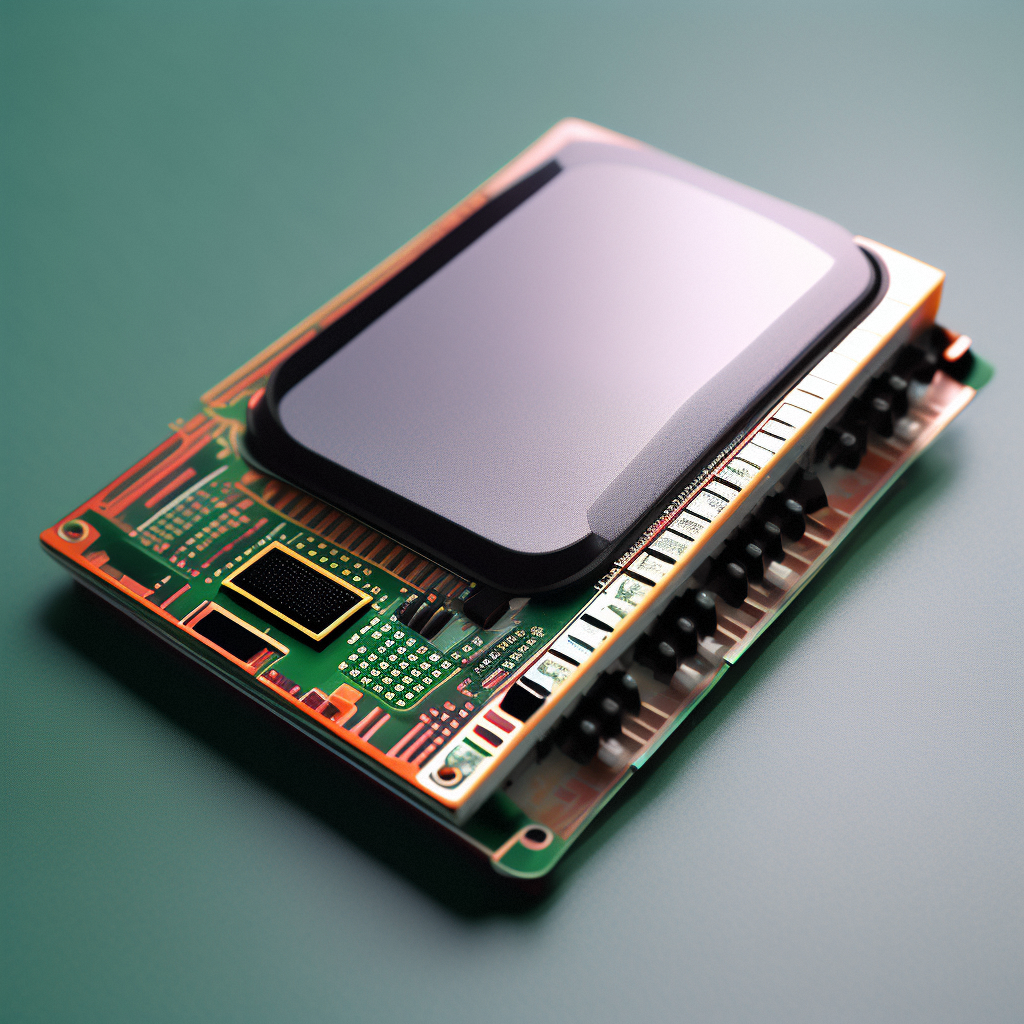laser diffuse sensor
- time:2025-07-26 03:03:42
- Click:0
Laser Diffuse Sensors: The Intelligent Eyes for Non-Contact Object Detection
Imagine a world where machines see and react to their environment instantly, without physical touch, reliably distinguishing objects from their background even in challenging conditions. This is the power brought to modern automation by the Laser Diffuse Sensor. More than just a beam of light, these sophisticated devices are fundamental tools driving efficiency and precision across countless industries. But how exactly do they transform scattered photons into actionable intelligence? Let’s illuminate the workings, strengths, and pivotal applications of these versatile sensors.
At its core, a laser diffuse sensor operates on a principle known as diffuse reflection. Unlike through-beam sensors requiring a separate receiver opposite the emitter, or retro-reflective sensors needing a reflector, a diffuse sensor houses both the laser emitter and the receiver within a single unit. Here’s the simple yet ingenious process:
- Laser Emission: A tightly focused, visible or infrared laser beam is projected towards the target area.
- Diffuse Reflection: When this beam strikes an object within its detection range, the light scatters diffusely in almost all directions. Only a small fraction of this scattered light travels back towards the sensor.
- Reception and Analysis: The sensor’s receiver lens collects this faint, returning scattered light. The internal electronics then analyze the intensity of this received signal.
- Detection Decision: The sensor compares the received light intensity to a pre-set threshold. If the intensity exceeds the threshold (indicating an object is present within the defined sensing range), the sensor switches its output state (e.g., from OFF to ON).
This reliance on the object itself to reflect the light back makes laser diffuse sensors exceptionally versatile and easy to install. There’s no need for precise alignment with a separate reflector or receiver unit across a production line – a significant advantage in complex or space-constrained environments.

Why Choose Laser Diffuse Sensors? Key Advantages Unveiled
Laser diffuse sensors offer a compelling set of benefits that make them superior to many other photoelectric sensing methods in specific scenarios:
- Single Unit Simplicity: As mentioned, the integrated emitter/receiver design eliminates alignment hassles and reduces mounting hardware requirements, leading to faster installation and lower setup costs.
- Visible Laser Spot: Most models project a highly visible red laser dot. This provides precise positioning during setup and troubleshooting, allowing operators to see exactly where the sensor is aiming and what it’s detecting.
- Background Suppression (BGS) / Fixed Field Sensing: This is arguably their most significant technological advantage. Advanced laser diffuse sensors don’t just measure light intensity blindly. They incorporate triangulation principles. The receiver lens is positioned at an angle relative to the emitter. Only light reflected from objects within a very specific, fixed distance range will hit the sensitive part of the receiver. Light from objects closer than this range or, crucially, objects beyond this range (the background), reflects at angles that miss the receiver or hit less sensitive areas.
- Result: The sensor reliably detects an object precisely at the set working distance while completely ignoring objects or surfaces behind it, even if they are highly reflective. This is invaluable for detecting objects on conveyor belts, against walls, or within bins where background interference is a constant challenge.
- Precise Detection Point: The focused laser spot, combined with BGS technology, allows for the detection of very small objects or precise edges, offering high positional accuracy.
- Long Sensing Ranges: Compared to standard LED-based diffuse sensors, laser diffuse models typically achieve significantly longer sensing ranges, often several meters, making them suitable for larger machinery or warehouse applications.
- Performance on Difficult Surfaces: While challenging for all diffuse sensors, the intense, coherent laser light often provides better performance on low-reflectivity, dark, or matte surfaces compared to LEDs, and excels with shiny or glossy surfaces where standard diffuse sensors might struggle with unpredictable reflections.
Where Intelligence Meets Application: Laser Diffuse Sensors in Action
The unique capabilities of laser diffuse sensors, particularly with background suppression, make them indispensable in diverse sectors:
- Packaging & Material Handling: Counting bottles/cans on high-speed lines, verifying presence of items in cartons, detecting cardboard flaps, triggering label application, and confirming package height or stack presence on conveyors, reliably ignoring the belt or machinery behind.
- Automotive Manufacturing: Precise detection of parts on assembly lines, verifying component insertion (e.g., windshield placement), robot guidance for part positioning, end-of-arm tooling confirmation, and ensuring proper door/panel gap.
- Electronics Assembly: Verifying the presence of tiny components (chips, connectors) on PCBs, detecting lead protrusion, confirming reel feed of small parts, and checking display alignment.
- Logistics & Warehousing: Pallet detection and positioning, monitoring fill levels in bins or totes (especially with non-transparent walls), triggering sorting gates, and verifying container placement on AGVs (Automated Guided Vehicles).
- Printing & Converting: Detecting web breaks, verifying sheet count, monitoring roll diameter, and controlling splicers.
- Pharmaceutical: Checking vial or syringe presence in trays, verifying cap placement, and monitoring blister pack completeness.
- Robotics: Providing object presence confirmation for pick-and-place operations, ensuring accurate gripping, and enabling proximity detection in collaborative environments.
Selecting the Right Laser Diffuse Sensor: Key Considerations
To harness their full potential, consider these factors when choosing a laser diffuse sensor:
- Sensing Range: Match the sensor’s specified range to your application’s required detection distance. Remember the effective range can be influenced by target color and surface.
- Spot Size: Smaller spots enable detection of finer details or smaller objects but require more precise aiming. Larger spots offer more forgiveness in alignment.
- Background Suppression Capability: Ensure the sensor features true BGS/Fixed Field Sensing if you need to ignore objects beyond the target plane. Verify the background suppression distance specification.
- Target Characteristics: Consider the color, reflectivity (matte, glossy), material, and size of the objects you need to detect. Consult sensor datasheets for minimum detectable object sizes and performance on different surfaces.
- Environmental Factors: Account for ambient light conditions (sunlight, welding flashes), temperature extremes, dust, moisture, or vibrations. Look for appropriate IP ratings (e.g., IP67) for dust and water resistance if needed.
- Output Type: Choose the required electrical output (PNP/NPN transistor, analog, IO-Link) compatible with your PLC or control system. IO-Link enabled sensors offer enhanced diagnostics and parameter configurability.
- Response Time: For high-speed applications (e.g., detecting small parts on fast conveyors), ensure the sensor’s response time (switching speed) is sufficient.
- Housing: Consider the physical size and mounting requirements (threaded barrel, rectangular block) suitable for your installation space.
From optimizing high-speed production lines to guiding intricate robotic tasks, the laser diffuse sensor, particularly with background suppression technology, is a cornerstone of modern industrial sensing. Its blend of simplicity, precision, reliability, and immunity to background interference makes it an intelligent “eye” capable of solving complex detection challenges that were once difficult or impossible. By understanding its principles and carefully selecting the right model for the job, engineers and technicians unlock a powerful tool for enhancing automation efficiency and quality control.













